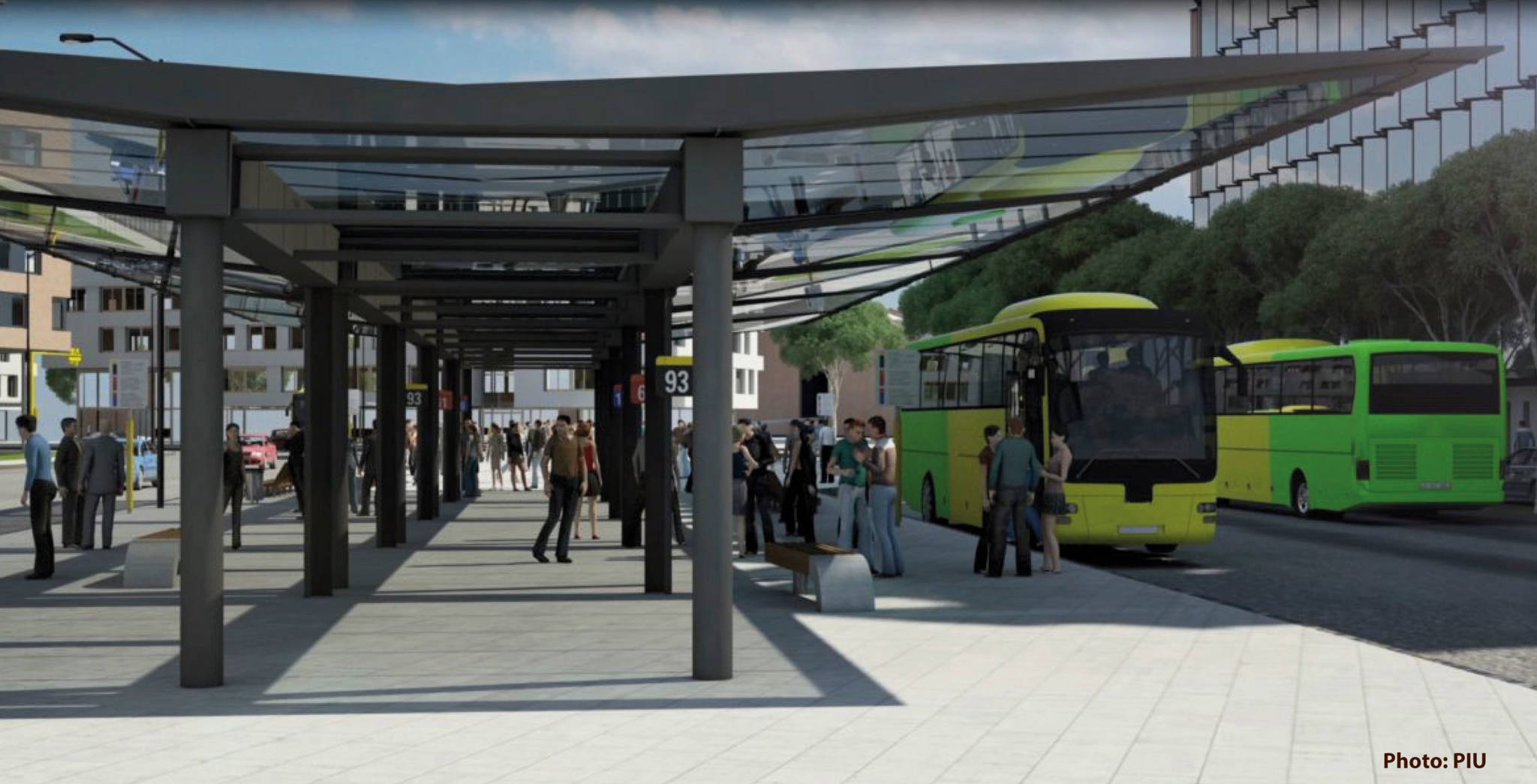We use Cookies. Read our Terms
- News
- Paraguay: A new urban landscape for Asuncion
Paraguay: A new urban landscape for Asuncion

Photo: Project Implementation Unit
With a new public transport system under construction and a major facelift planned for downtown, residents of the Paraguayan capital Asuncion have much to look forward to.
Over the past decades, Latin American cities have boomed. Today, Latin America and the Caribbean is the second most urbanized region in the world. By 2050, UN-Habitat predicts that Latin America’s cities will accommodate 90 percent of the region’s population.
This trend can also be observed in Paraguay, where 60 percent of the total population is urban. Fifty years ago, around 787,000 Paraguayans were living in cities. Now, over 3.9 million people are city dwellers. And this trend shows no sign of stopping.
With nearly two million inhabitants, the Paraguayan capital Asuncion is home to over 30 percent of the country’s population and is one of the ten largest urban agglomerations in South America.
Located as it is on the Paraguay River, Asuncion has always been the landlocked country’s prime location for trade and economic activities. Cotton, sugarcane, corn, tobacco, fruit, and cattle products from the rich agricultural and rural hinterland are processed in and around the capital.
It is also one of the most important urban areas of the country, with buildings of national heritage and historical value. However, much of the city’s infrastructure is deteriorated and insufficient to meet the population’s needs.
Romulo Martinez, OFID country officer for Paraguay, explained that inadequate infrastructure is one of the main obstacles to the country’s growth and has a negative impact on competitiveness.
Cities need good public transportation systems to prosper and grow. That is especially true in developing countries, where rapid urbanization is creating huge pressure on aging infrastructure,” he said.
According to recent studies conducted by the Department of Transportation of the Metropolitan Area of Asuncion, use of public transportation dropped from 64 percent in 1988 to 52 percent in 2009.
Martinez attributes this reduction to the absence of a reliable public transport system, increased traffic congestion, longer travel times and higher fares charged to the users.
Rehabilitation and upgrading of urban and transportation infrastructure
In its efforts to address the city’s historical importance and high urban development potential, the government launched a comprehensive rehabilitation and improvement plan which includes the urban renewal of the historic downtown area and the improvement of the public transport system across the metropolitan area.
As part of this effort, OFID joined forces with the Inter-American Development Bank to co-fund the establishment of a bus-rapidtransit (BRT) system and revitalize the urban infrastructure in the old port of Asuncion and its downtown area.
The project will contribute to the improvement of competitiveness, reactivation of the urban economy, and the deployment of a transport system accessible for low-income people. It will also improve mobility and access to basic services, healthcare, education, cultural activities and labor opportunities,” elaborated Martinez.
Activities include the rehabilitation of existing public spaces and the creation of new ones, along with the construction of pedestrian walkways and bicycle paths, new government offices and citizen service centers, and the restoration of historic buildings in Barrio San Jerónimo in downtown Asuncion.
Also included is the improvement of infrastructure between buildings housing the three branches of government, including power, telephone, and data transmission lines, sewers and storm drain systems, and road enhancement.
The first stage of the BRT Metrobus will link downtown Asuncion with the San Lorenzo district, representing the main route which carries the largest volume of passengers. It consists of a 17km BRT-only lane, 100km of feeder roads, two bus yards and terminals, and 26 stations.
Some 1.9 million people are expected to benefit from an economical, reliable, safe and environment-friendly means of transportation,” Martinez pointed out.
Metrobus is part of an integrated passenger transportation system, which considers further corridors to Asuncion metropolitan cities Limpio and Nemby and integration with a future interurban commuter rail.
With this project, OFID intends to contribute to the government’s efforts to achieve an efficient urban connectivity that improves the quality of life of all citizens while at the same time, promotes an increase of the productivity and competitiveness of Asuncion,” said Martinez.